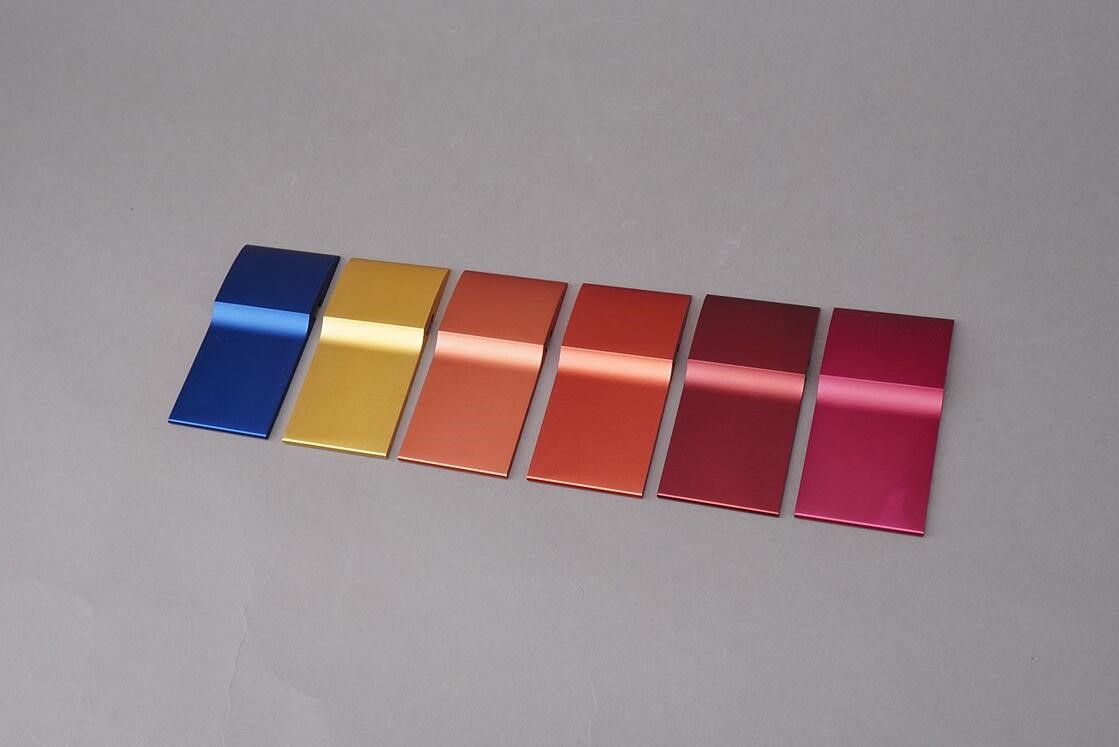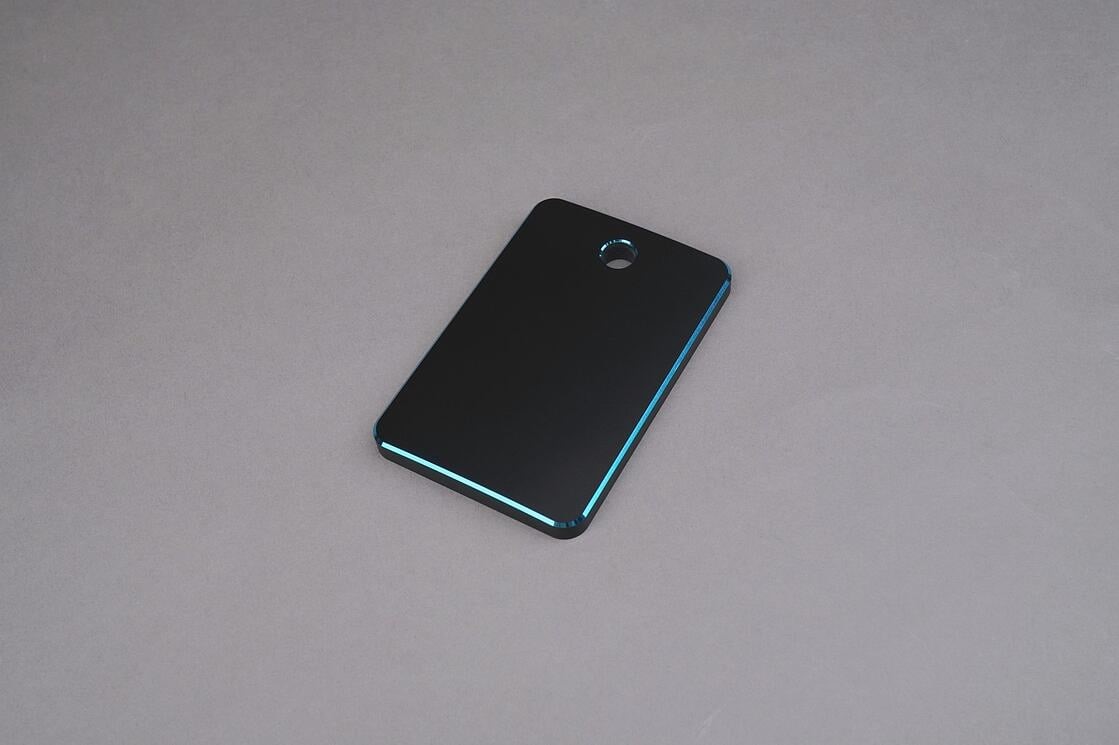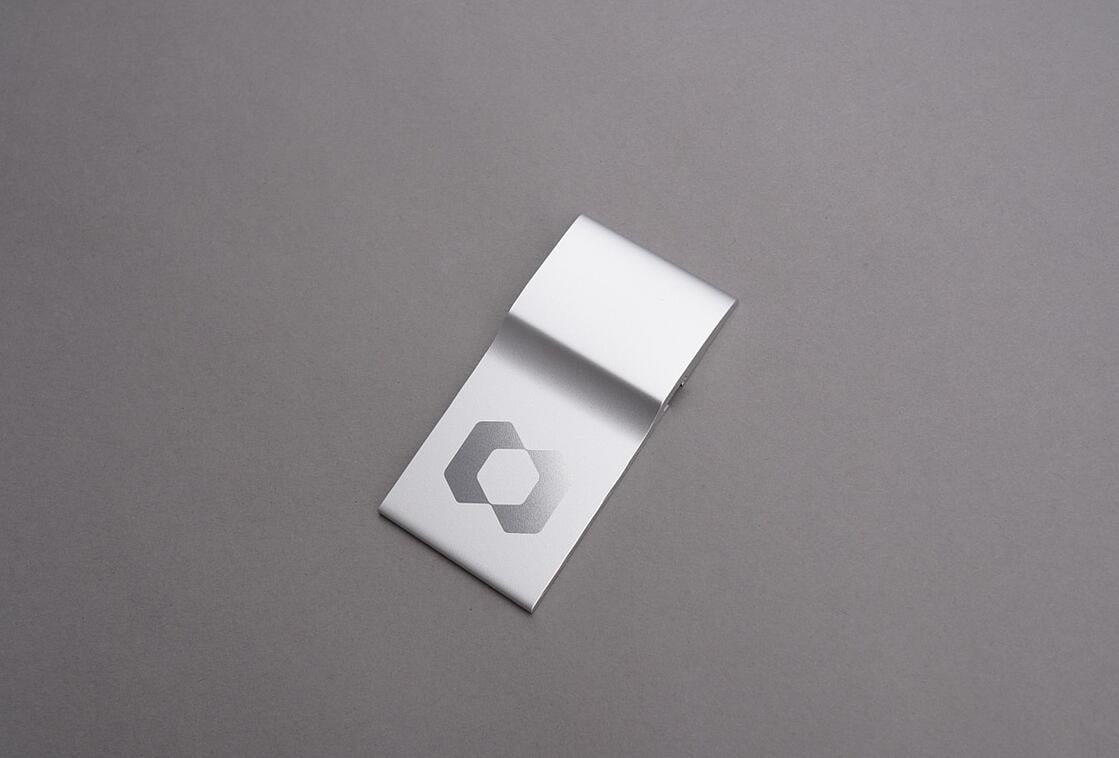Feb.17.2023
In-House Anodizing and Advanced Anodizing Processes
Fundamentals of Anodized Aluminum
Anodizing is an electrochemical process that thickens the naturally formed oxide layer on the aluminum surface. Increasing the thickness of the oxide layer from nanometers to microns through anodization changes the aluminum product's properties. This results in high corrosion resistance, vast coloring ability while retaining the aluminum appearance and feel, and appearance consistency. Anodizing allows for wear and tear resistance from prolonged use and the ability to maintain its cosmetic appearance. By changing its properties, anodizing makes aluminum more versatile and durable for other applications.
Anodizing Application
The different types of anodizing are chromic acid anodizing (Type I), sulfuric acid anodizing (Type II), and hard/hard coat anodizing (Type III). Sulfuric acid anodizing, also known as SAA or Type II anodizing, is the most commonly used process and is applied to 95% of all anodized products at Image Model. It has a clearer finish, thus allowing for the ability to dye various colors.
The anodization process is conducted at Image Model using our explicitly built anodizing production line while jointly cooperating with world-renowned anodizing dye providers to deliver fast anodizing services with high-quality results using mass production equipment standards.
Advanced Anodizing Processes for Special Anodizing Effects
In addition to the standard anodizing process, special anodizing effects, such as dual color, dual finish (masking), to gradient color anodization, can be achieved using advanced anodization techniques.
Dual Color Anodization
The process behind shown sample: The dyeing process was split into two parts, one for each color. Black anodization was first applied, and then the chamfer was cut for secondary anodization of the lighter color. We recommend anodizing darker colors first and lighter colors subsequently to avoid the darker color from contaminating the lighter color during the dyeing process.
Dual Finish (Masking) Anodization
The process behind shown sample: A special chemical ink was used to mask the polished Image Model logo before anodizing. The application of the special chemical ink allows for different finishes on the same surface.
Gradient Color Anodization
The process behind shown sample: The color dyeing stage was divided into two steps. The first step was dyeing the entire part purple. The second step involved gradually drying the blue color; each section's dyeing time must be strictly controlled and timed during this step to achieve the gradient color finish.
Image Model can collaborate to develop advanced anodizing processes to achieve special anodizing effects.
*Special anodizing processes have certain restrictions; therefore, they will require extra time to develop and may not be applicable to every model.



